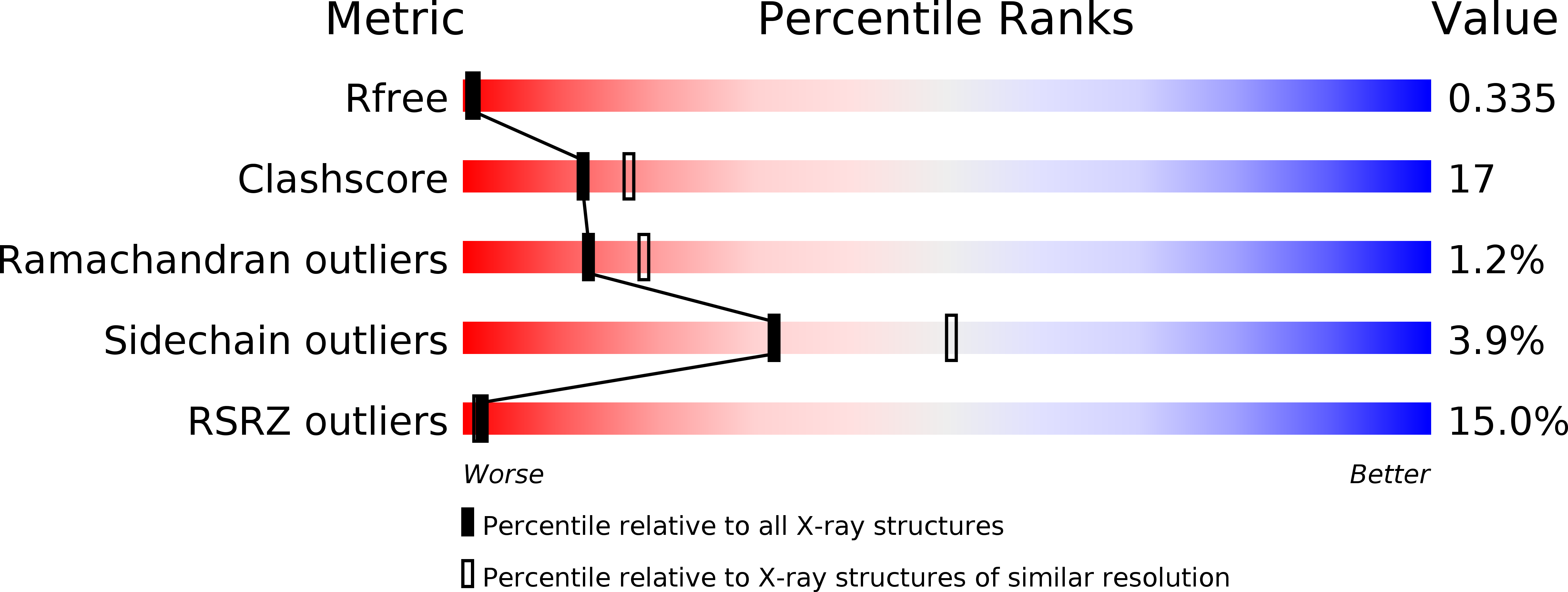
Deposition Date
1998-06-21
Release Date
1999-06-22
Last Version Date
2024-10-23
Entry Detail
Biological Source:
Source Organism:
Corynebacterium diphtheriae (Taxon ID: 1717)
Host Organism:
Method Details:
Experimental Method:
Resolution:
2.40 Å
R-Value Free:
0.33
R-Value Work:
0.25
R-Value Observed:
0.25
Space Group:
P 32 2 1


